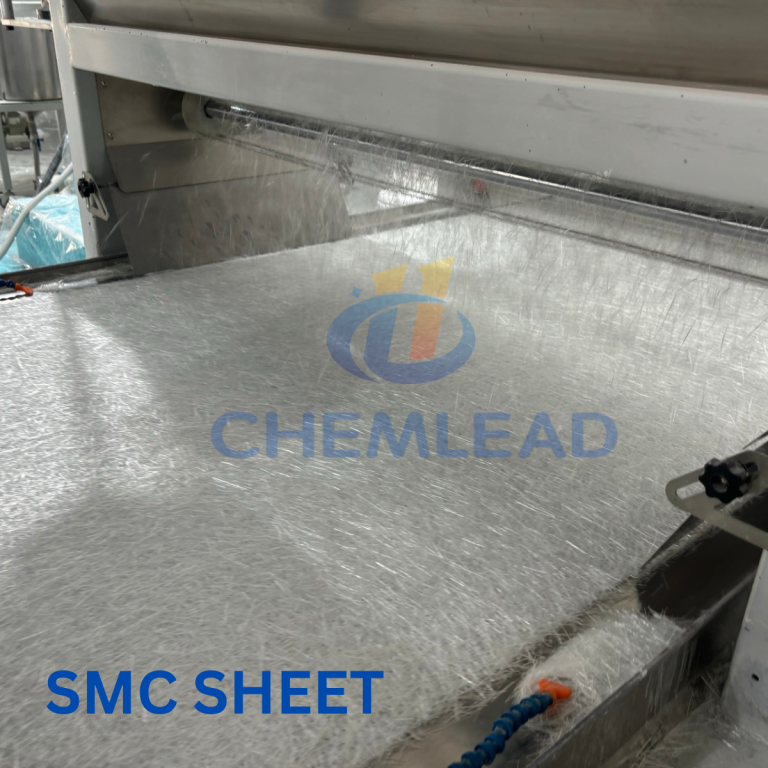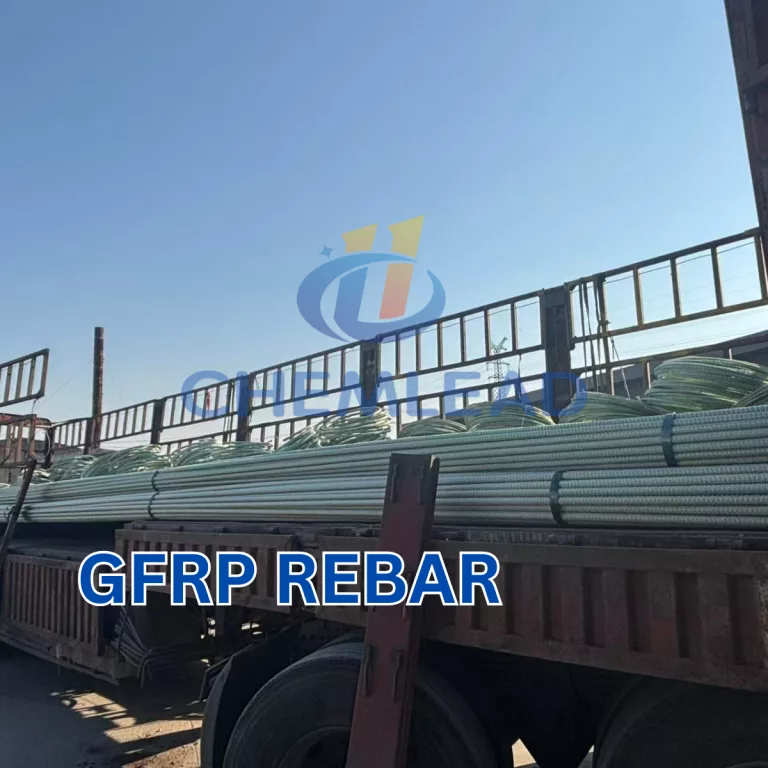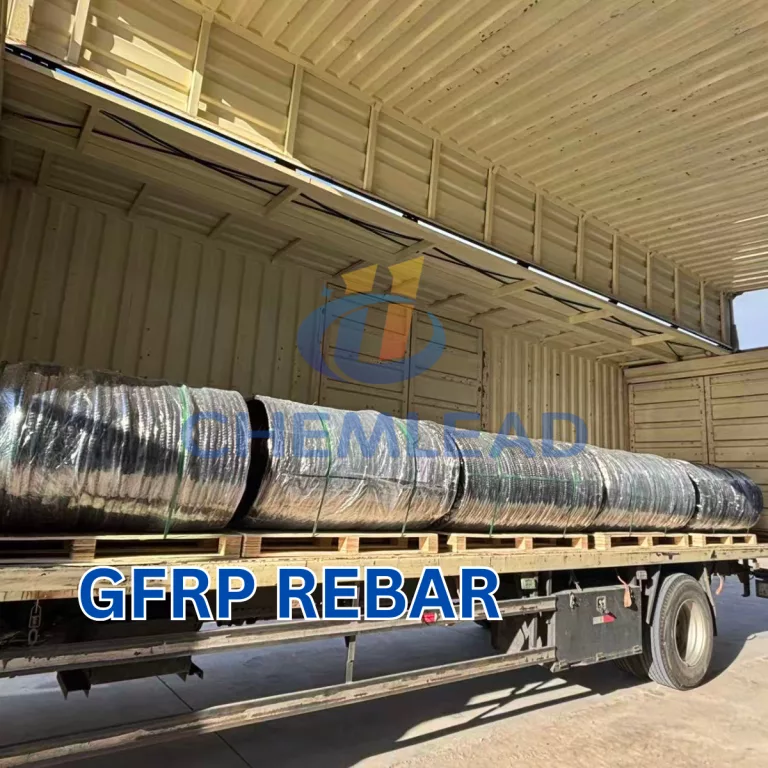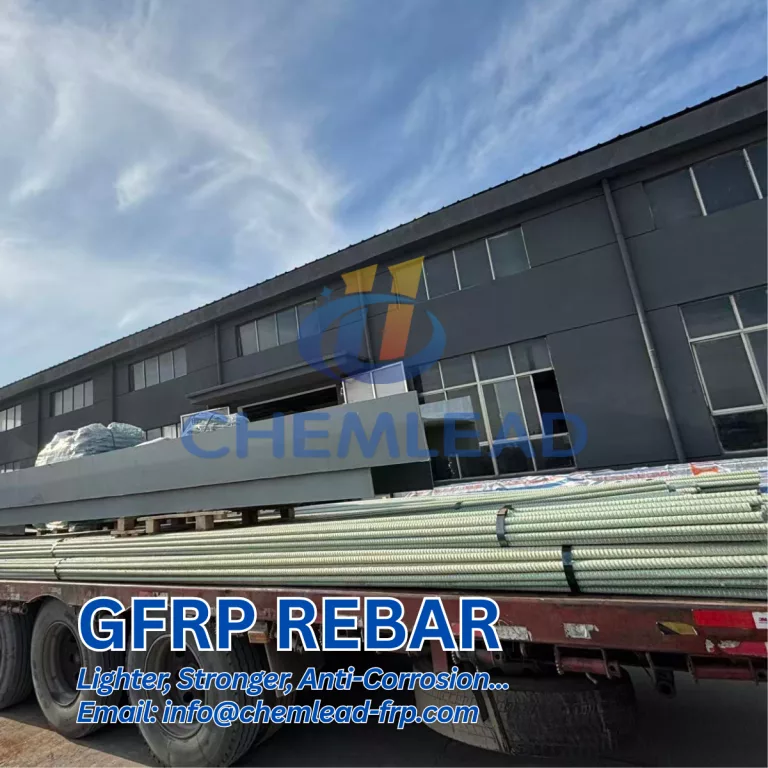+8613776545860

Sheet Molding Compound
SMC sheet is a fiber-reinforced composite material made from unsaturated resin, fiberglass, and fillers, widely used for compression molding in automotive, electrical, and construction applications.
If you’re in manufacturing, construction, automotive, or any industry that relies on durable, versatile materials, you’ve likely heard of SMC sheet. But what exactly is it, and why is it becoming a go-to choice for engineers and designers worldwide? In this guide, we’ll break down everything you need to know about SMC sheet—from its composition and manufacturing process to its key benefits, common applications, and how to choose the right one for your project. Let’s dive in!
What Is SMC Sheet?
SMC stands for Sheet Molding Compound—a high-performance composite material made by combining fiberglass reinforcement with a thermosetting resin matrix (typically polyester, vinyl ester, or epoxy), along with fillers, catalysts, and additives. The result is a flexible, sheet-like material that can be molded into complex shapes under heat and pressure, curing into a rigid, strong final product.
SMC sheets are known for their exceptional mechanical properties, making them a popular alternative to traditional materials like metal, wood, or standard plastics. They’re lightweight, corrosion-resistant, and highly customizable, making them suitable for a wide range of industrial and commercial uses.
How Is SMC Sheet Manufactured?
The manufacturing process of SMC sheet is a precise, multi-step procedure that ensures consistency and quality. Here’s a simplified overview:
Resin Preparation: First, the thermosetting resin (e.g., polyester) is mixed with catalysts, fillers (such as calcium carbonate), release agents, and pigments. This creates a thick, paste-like resin compound.
Fiberglass Impregnation: Continuous strands of fiberglass mat or chopped fiberglass are fed into a machine, where they’re thoroughly coated with the resin mixture. This ensures every fiber is evenly saturated, which is critical for strength.
Sheet Formation: The resin-impregnated fiberglass is compressed between two plastic films (to prevent sticking) and rolled into flat sheets of uniform thickness. These sheets are then stored to “mature” for a few days, allowing the resin to partially cure and become tacky—ready for molding.
Molding: When ready, the SMC sheet is cut to size, placed in a heated mold, and pressed under high pressure (typically 100–500 bar) and temperature (120–180°C). The heat activates the resin, causing it to fully cure and bond with the fiberglass, forming a rigid, durable part.
Key Benefits of SMC Sheet
Why choose SMC sheet over other materials? Here are its top advantages:
High Strength-to-Weight Ratio: SMC is strong enough to replace metal in many applications but is significantly lighter, reducing overall weight in products like vehicles or machinery.
Corrosion Resistance: Unlike metal, SMC doesn’t rust or corrode, making it ideal for outdoor, marine, or chemical-exposed environments.
Design Flexibility: SMC can be molded into complex shapes with intricate details, eliminating the need for multiple parts and reducing assembly time.
Dimensional Stability: It resists warping, shrinking, or expanding under temperature changes, ensuring consistent performance over time.
Electrical Insulation: SMC is a poor conductor of electricity, making it suitable for electrical enclosures and components.
Cost-Effective: While initial tooling costs may be higher, SMC’s long-term durability and low maintenance needs often lead to lower overall costs compared to metal or plastic.
Common Applications of SMC Sheet
SMC sheet’s versatility makes it a staple in numerous industries. Here are some of its most popular uses:
Automotive Industry: Hoods, fenders, bumper beams, battery enclosures, and interior panels—SMC’s lightweight nature helps improve fuel efficiency, while its strength enhances safety.
Construction: Exterior cladding, window frames, door panels, and electrical junction boxes—SMC withstands harsh weather and resists rot, making it perfect for outdoor use.
Electrical Engineering: Switchgear enclosures, cable trays, and insulation components—its electrical insulation properties protect against short circuits.
Marine Industry: Boat hulls, deck components, and marine hardware—SMC resists saltwater corrosion better than metal or wood.
Renewable Energy: Wind turbine components, solar panel frames, and electrical boxes for power systems—SMC’s durability ensures longevity in outdoor, high-stress environments.
How to Choose the Right SMC Sheet for Your Project
Not all SMC sheets are created equal. To select the best one for your needs, consider these factors:
Mechanical Requirements: Determine the strength, flexibility, and impact resistance your project demands. For example, automotive parts may need higher tensile strength than decorative panels.
Environmental Conditions: If the part will be exposed to extreme temperatures, chemicals, or UV rays, choose an SMC formulation with additives (like UV stabilizers or chemical-resistant resins) to enhance durability.
Fire Resistance: For applications like electrical enclosures or building materials, opt for fire-retardant SMC, which meets industry standards (e.g., UL94 V-0).
Color and Finish: SMC can be pigmented during manufacturing, so choose a color that matches your design needs to avoid post-production painting.
Supplier Quality: Work with a reputable SMC manufacturer that provides material certifications and can customize formulations to your specifications.





 Get Free Quote Now! Don’t Hesitate!
Get Free Quote Now! Don’t Hesitate!